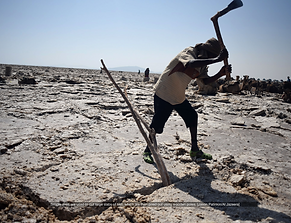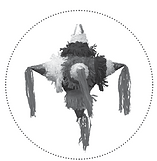DISCOVER CULTURES + TRADITIONS FROM AROUND THE GLOBE

. . . . . . . . . . . . . . . . . . . . . . . . . . . . . . . . . . . . . . . . . . . . . . . . . . . . . . . . . . . . . . . . . . . . . . . . . . . . . . . . . . . . . . . . . . . . . . . . . . . . . . . . . . . . . . . . . . . . . . . . . . . . . . . . . . . . . . . . . . . . . . . . . . . . . . . . . . . . . . . . . . .

• Humans have used camels as a means of transport for thousands of years. They can carry about 500 pounds (~226 kilograms) on their backs!
• Camels are mammals with long legs, a big-lipped snout and a humped back. There are two types of camels: Dromedary camels have one hump and Bactrian camels have two humps.
• The two types of camel are found in different parts of the world. The Dromedary camel, also called an Arabian camel, can be found in North Africa and the Middle East. The Bactrian two hump camel lives in Central Asia.
• Their humps consist of stored fat, which they can metabolize when food and water is scarce. When there is little food and water, the camel's hump fat releases water.
• Filling up on water, when it's available, is very important for camels. They can drink 30 gallons (113xliters) of water in just 13 minutes. Their bodies rehydrate faster than any other mammal.
SHIPS OF THE DESERT
CAMELS
ETHIOPIA
along with areas in
North Africa • the Middle East • Central Asia


• Camels are herbivores. Their thick lips allow them to eat things that most other animals couldn't, such as thorny plants.
• In addition to their humps, camels have other ways to adapt to their environment. They have a third, clear eyelid that protects their eyes from blowing sand. Two rows of long lashes also protect their eyes. Sand up the nose can be a problem, but not for camels. They can shut their nostrils during sand storms.
[SOURCE: LIVESCIENCE]
*
*
. . . . . . . . . . . . . . . . . . . . . . . . . . . . . . . . . . . . . . . . . . . . . . . . . . . . . . . . . . . . . . . . . . . . . . . . . . . . . . . . . . . . . . . . . . . . . . . . . . . . . . . . . . . . . . . . . . . . . . . . . . . . . . . . . . . . . . . . . . . . . . . . . . . . . . . . . . . . . . . . . . .


"AMOLE TCHEW " {SALT BLOCKS}
CAMEL CARAVANS
THE TRADITION
Although camels live in many places in the world, we are focusing on the herds that live in Ethiopia - more specifically in the Danakil Desert region located in northeastern Ethiopia and stretching to southern Eritrea and northwestern Djibouti. It is in an area called the Afar Depression or Afar Triangle and is one of the lowest points of Africa at 150 feet below sea level. For centuries, it has been the the source for the African salt trade route.
This is the place where three tectonic plates meet or should we say are cracking and rubbing up against each other. Every year, the Earth's crust is pulling apart a few centimeters. It is in this place where temperatures have soared to 125 degrees and no rain. This is why people call it the hottest place on earth. It is here that the Afar people have made the trek to the Danakil Depression to do the difficult work of harvesting salt to take to market. At one time, salt was so valuable that it was used as their currency.
This is where camels have made the salt trade possible. They move in caravans through the unforgiving landscape each carrying 30 blocks of salt back to market.











. . . . . . . . . . . . . . . . . . . . . . . . . . . . . . . . . . . . . . . . . . . . . . . . . . . . . . . . . . . . . . . . . . . . . . . . . . . . . . . . . . . . . . . . . . . . . . . . . . . . . . . . . . . . . . . . . . . . . . . . . . . . . . . . . . . . . . . . . . . . . . . . . . . . . . . . . . . . . . . . . . .









